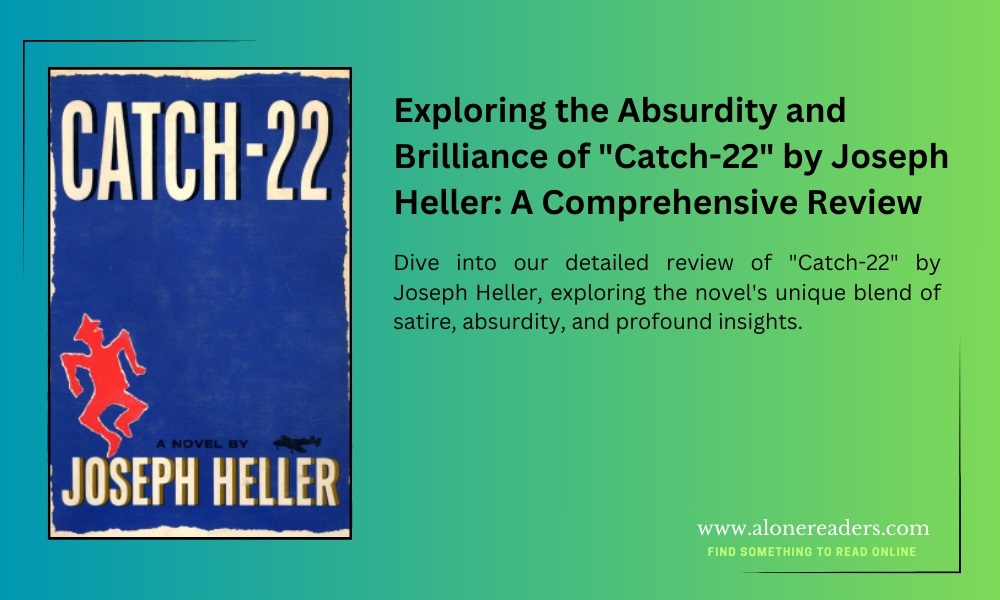
"Catch-22" by Joseph Heller is a monumental novel in American literature, renowned for its acerbic satire and the absurdity of war. First published in 1961, the novel's title has become synonymous with an unsolvable logical dilemma, reflecting its central theme of absurd bureaucratic constraints on the lives of World War II airmen. This review delves into the complex layers of Heller's work, exploring its narrative style, character development, and enduring relevance.
The story unfolds non-linearly, centering on Captain John Yossarian, a U.S. Army Air Forces B-25 bombardier stationed on the fictional island of Pianosa in the Mediterranean Sea. Yossarian faces a constant struggle not just against the external enemy but against his own army's incomprehensible rules and regulations. The most infamous of these is Catch-22 itself, a rule that encapsulates the absurdity of bureaucratic logic: airmen who request to be relieved from flight duty on the grounds of insanity are considered sane because it's sane to want to preserve one's life.
Heller masterfully crafts a cast of over-the-top characters, each more memorable than the last. From the entrepreneurial mess officer Milo Minderbinder, who embodies the capitalist spirit by trading goods across the war-torn continent, to Major Major Major Major, who is promoted based solely on a bureaucratic error, the novel critiques the mechanical and dehumanizing aspects of bureaucracy and war. Through these characters, Heller exposes the absurdity of the systems that govern our lives, suggesting that behind the facade of order lies chaos, often driven by greed and power.
One of the most striking aspects of "Catch-22" is its rich satirical voice. Heller uses irony, paradox, and exaggeration to highlight the insanity of war and the incompetence of those in power. The humorous dialogues and ridiculous situations work not just to entertain but to provoke thought, challenging the reader to question the rationality of established norms and authorities.
Despite the novel’s humor, there's an underlying grimness to the narrative. Yossarian’s increasing paranoia and desperation to survive are palpable, reflecting the darker truths of human nature and the destructiveness of war. This blend of comedy and tragedy is one of Heller's most significant achievements, making the novel both a delightful and a sobering read.
The thematic richness of "Catch-22" also extends to its exploration of existential themes. The characters grapple with the meaning of life, death, and freedom in a world that seems governed by randomness. Heller does not offer easy answers but instead presents life's complexities and contradictions through his characters' struggles, forcing readers to confront the absurdity of their own circumstances.
"Catch-22" remains relevant today, mirroring the absurdities of modern bureaucratic institutions and the often Kafkaesque experiences of individuals within them. Heller’s narrative is a reminder of the cyclical nature of history, where the past echoes the present in new forms. This relevance ensures that "Catch-22" continues to be a critical lens through which to view both historical and contemporary issues.
In conclusion, Joseph Heller's "Catch-22" is more than just a war novel or a piece of satirical fiction. It is a profound critique of the human condition, questioning the systems we navigate and the choices we are forced to make. Its enduring appeal lies in its ability to blend humor with horror, reality with absurdity, making it not only a pivotal work of American literature but also a critical tool for understanding the complexities of life and the nature of humanity itself. The novel’s legacy is undeniable, and its messages about the fragility of life and the paradoxes of freedom remain as relevant now as they were over half a century ago.